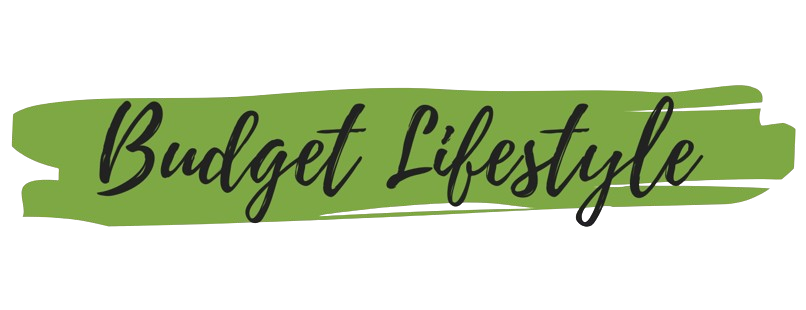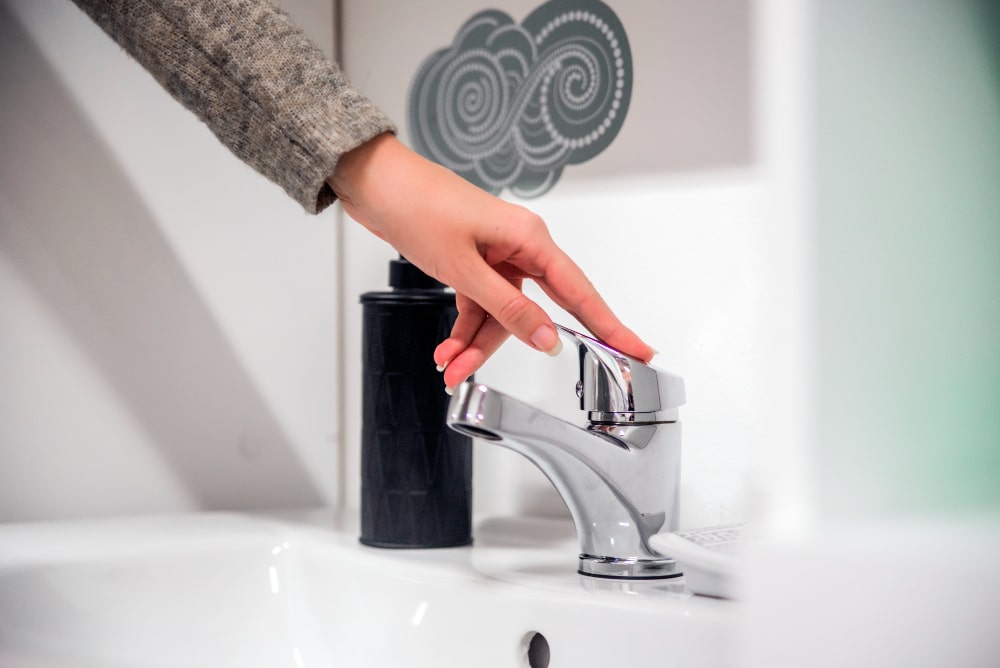Water is a precious resource, and conserving it is not only good for the environment but also for your wallet. Learning how to lower your water bill can help you save a significant amount of money while promoting sustainable living. Whether you want to reduce water usage at home, save on water costs, or adopt water conservation habits, this guide has got you covered.
Introduction to Lowering Your Water Bill
Understanding Your Water Bill
Understanding your water bill is the first step towards reducing it. Water bills generally include charges for the amount of water used, wastewater treatment, and other fees or taxes. By carefully analyzing your bill, you can identify patterns in your water usage and areas where you can cut down.
Typically, water consumption is measured in units like gallons or cubic meters. Comparing your current usage with previous bills can reveal trends. Additionally, knowing how different activities impact your bill – such as showering, washing dishes, or watering the lawn – helps in planning effective water-saving strategies.
The Importance of Water Conservation
Water conservation is not just about reducing your bills; it’s also about preserving our environment. With growing populations and climate change impacting water availability, conserving water ensures there’s enough for future generations. By adopting water-saving habits, you contribute to reducing the energy required for water treatment and distribution, which further decreases your carbon footprint.
Moreover, water conservation protects natural ecosystems by maintaining adequate water levels in rivers and lakes. It also reduces pollution as less water is discharged into sewage systems. Therefore, lowering your water bill is beneficial for both your finances and the environment.
Identify Water Usage in Your Home
Common Areas for High Water Usage
Understanding where water is used the most can help you target your conservation efforts effectively. Common areas include:
- Bathroom: Toilets, showers, and faucets account for the highest water usage.
- Kitchen: Dishwashing and cooking consume considerable water.
- Laundry Room: Washing machines are known for heavy water consumption.
- Outdoor Spaces: Watering lawns, gardens, and cleaning driveways can use a lot of water.
By identifying these high-consumption areas, you can implement focused strategies to reduce water usage.
Calculating Your Daily Water Use
Calculating your daily water usage is crucial for understanding your consumption patterns. This can be done by checking your water meter at the start and end of the day or using online calculators that estimate usage based on household size and appliances.
For example, a standard showerhead uses about 2.5 gallons of water per minute, whereas a high-efficiency model uses less than 2 gallons per minute. Knowing these details helps you make informed decisions about upgrading appliances or changing habits.
Practical Tips for Reducing Your Water Bill
Fix Leaks and Drips
Leaks are silent water wasters. A single dripping faucet can waste over 3,000 gallons of water per year. Therefore, regular maintenance and prompt repairs are essential. Check for leaks in:
- Faucets and Showerheads: Replace washers or cartridges if necessary.
- Toilets: Test for leaks by adding food coloring to the tank. If the color appears in the bowl without flushing, there’s a leak.
- Pipes and Hoses: Inspect for cracks or loose connections, especially in outdoor hoses.
Install Water-Saving Devices
Investing in water-saving devices is an effective way to lower your water bill. Consider:
- Low-Flow Showerheads and Faucets: They reduce water usage by up to 50% without compromising pressure.
- Dual-Flush Toilets: They offer two flushing options, saving water for liquid waste.
- Aerators: Adding aerators to faucets can reduce water flow while maintaining pressure.
These devices are cost-effective and can significantly reduce water consumption.
Behavioral Changes to Save Water
Shortening Showers and Bathing
Shortening your shower by just two minutes can save up to 150 gallons of water per month. Alternatively, consider taking showers instead of baths, as a bath typically uses twice as much water.
Adopting habits such as turning off the water while shampooing or soaping can also contribute to water conservation.
Efficient Dish and Laundry Practices
- Dishwashing: Run the dishwasher only when fully loaded. Pre-rinsing is unnecessary with modern dishwashers.
- Laundry: Opt for full loads and adjust the water level settings accordingly. Use cold water to save on energy bills.
By being mindful of how you use appliances, you can reduce both water and energy costs.
Optimizing Outdoor Water Use
Watering Your Garden Efficiently
Outdoor watering can be minimized by:
- Watering Early or Late: Reduce evaporation by watering during cooler hours.
- Deep and Infrequent Watering: This encourages deep root growth and reduces overall usage.
Choosing Drought-Resistant Plants
Select native plants that are adapted to your local climate and require less water. Using mulch also retains soil moisture, reducing the need for frequent watering.
Incorporating Technology in Water Management
Smart Irrigation Systems
Smart irrigation systems use weather forecasts and soil sensors to adjust watering schedules, ensuring water is only used when needed. This can save up to 50% on outdoor water usage.
Water Monitoring Devices
Water monitoring devices track real-time usage and detect leaks early, allowing you to take action before they impact your bill significantly.
Conclusion: Taking Action to Lower Your Water Bill
Creating a Water-Saving Action Plan
Start by setting realistic goals, such as reducing water usage by 10-20%. Implement the tips mentioned and monitor your progress through regular meter readings.
Encouraging Others to Conserve Water
Educate family members and friends about water conservation. Small changes collectively make a big impact.
FAQs
What are the best ways to reduce water usage at home?
Fixing leaks, using water-saving devices, and adopting mindful habits like shorter showers are effective ways to reduce water usage.
Do water-saving devices really help lower water bills?
Yes, devices like low-flow showerheads, dual-flush toilets, and smart irrigation systems can significantly reduce water usage and lower your bills.
How much water does an average household use daily?
An average household uses about 300 gallons per day, with the majority being used for indoor purposes like bathing and laundry.
Is it worth investing in a smart irrigation system?
Yes, smart irrigation systems optimize water usage based on weather and soil conditions, reducing waste and lowering water bills.
How can I check for leaks in my home?
Check faucets, toilets, and pipes for visible drips. Use food coloring to test for toilet leaks. Monitor your water meter for unexplained increases.
What are some quick ways to save water in the kitchen?
Use a dishwasher instead of handwashing, avoid pre-rinsing dishes, and install faucet aerators to reduce water flow.

